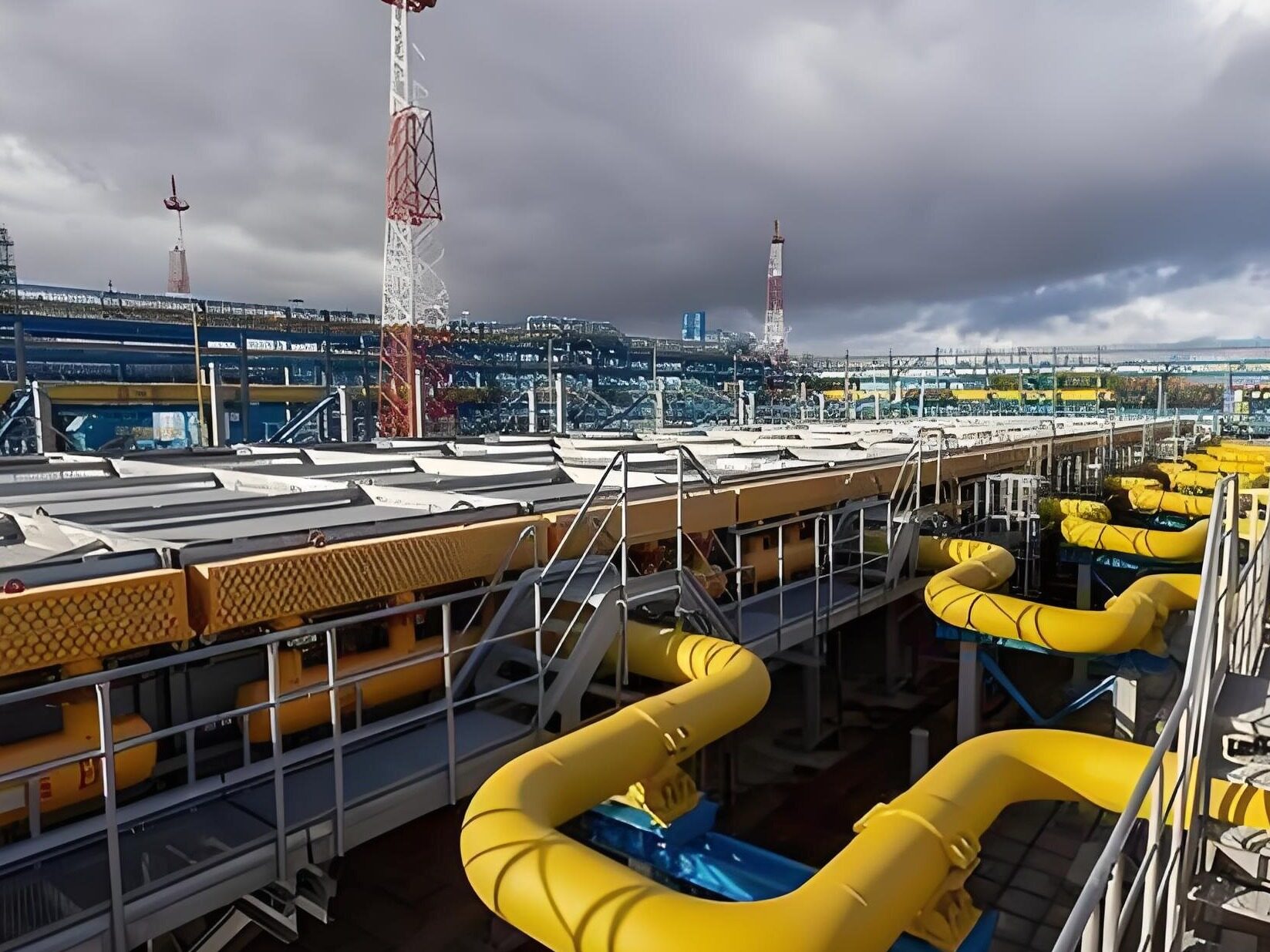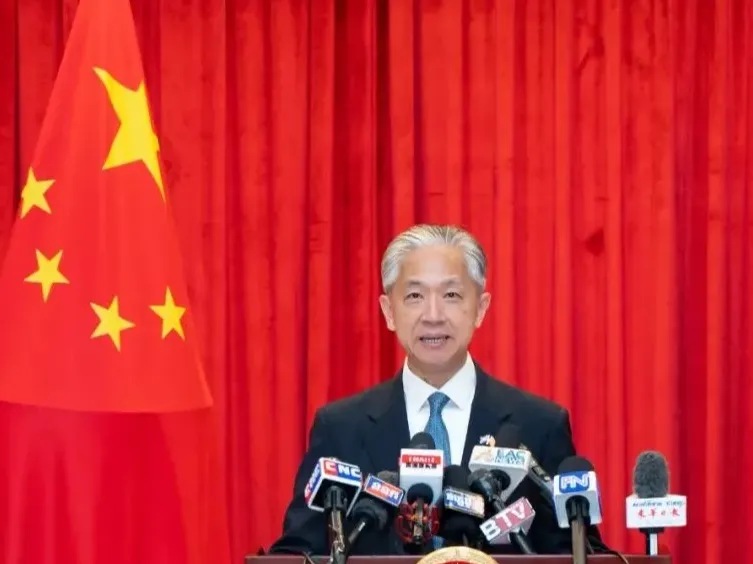- Europe is now close to 65% of its natural gas storage, almost one-fifth higher than the previous five-year average
- While Europe may have done a good job reducing its dependence on Russian oil and alleviating its energy crisis, it's not out of the woods yet

As early as the autumn of 2021, Europe has already experienced energy shortages. Today, European energy price spikes due to supply shortages appear to be easing. A few days ago, European natural gas prices fell back to the normal trading range for the first time since the outbreak of the energy crisis. The Dutch TTF natural gas futures price, known as the "European natural gas price vane", fell below 30 euros per megawatt-hour, reaching the lowest level since June 2021. This Monday (22nd), the TTF price fell again by 1.5%, and has remained at this level since then.
In recent weeks, European gas prices are expected to continue to decline, a phenomenon that means that the continent's summer gas can ensure a safe supply, but ample reserves do not mean that the region can avoid a repeat of the energy crisis in 2022.
Gas prices continue to drop
Since the conflict between Russia and Ukraine, the price of natural gas in Europe has entered a high level. In the summer of 2022, TTF prices soared to more than 10 times the normal level, reaching a peak of more than 340 EUR/MWh. In the winter of 2022, there were endless wailings about the European energy crisis, but in the end they escaped with the help of weather and other factors.

Entering 2023, the downward trend of gas prices in Europe has become very obvious. Since the end of March, TTF natural gas prices have fallen continuously, with a cumulative decline of about 30%. The drop in natural gas prices also suggests that European gas inventories are ample for now as traders continue to replenish inventories ahead of winter and the region's relatively tepid gas demand.
According to the European gas infrastructure industry body, nearly 65% of Europe's natural gas storage is now in storage, which is almost a fifth higher than the average level of the previous five years.
RBC Capital Markets also predicted in a report that the EU will reach its 90% self-sufficiency target by November 1, and may even reach that level by late July to early August.
After the outbreak of the energy crisis, the EU has significantly increased imports of pipelines and liquefied natural gas, increased imports of crude oil from the United States and other countries, increased the use of nuclear energy and coal, and increased the production of renewable energy, actively filling up inventories from the supply side. In addition, lack of demand for spot LNG in Asia is also a factor in lower gas prices in Europe.
The RBC report predicts that European gas prices, which have been depressed in recent weeks, are expected to continue lower as U.S. gas exporters have yet to secure new orders from Asian buyers, with LNG shipments to Europe hitting record highs.
Still in crisis
Although the EU's natural gas supply in summer can meet demand, the RBC report believes that it is still too early to say that the EU can avoid the price shock in winter.

"Sufficient reserves do not necessarily mean that a crisis can be avoided", RBC analysis believes that "Since the outbreak of the Russia-Ukraine conflict, a focus of European policymakers has been to ensure that energy is fully stored before winter. However, at the EU level, the current With a maximum storage capacity of about 25% of consumption in 2022, and with large variations across the EU, the cumulative size of these exposures means that even with 100% full storage heading into winter, there may not be a guarantee that prices will not be in the winter of 2023. Soar."
Add to this the fact that U.S. LNG exports hit a record 8.1 million tonnes in April, surpassing the previous record set in March, and no new projects are starting until the middle of next year, suggesting that further export growth may be limited . If there is energy demand in the global market later in 2023, the United States is unlikely to supply the market with incremental LNG as it did in 2022, a factor that is bound to affect prices.
In its latest quarterly gas market report, the International Energy Agency said the global gas supply-demand balance in 2023 was "subject to an unusually wide range of uncertainties," including weather, the availability of LNG and further declines in Russian pipeline gas to Europe. possibility.
On May 21, Eastern Time, the head of the International Energy Agency (IEA) said in an interview on the sidelines of the G7 summit in Japan that since the energy crisis triggered by the conflict between Russia and Ukraine, although Europe may have made progress in reducing its dependence on Russian oil and alleviating the energy crisis. Well done, but still not out of the woods.
He mentioned that Europe is still facing three major unfavorable factors in the energy field in the near future: the recovery of Chinese demand, the risk of US debt default and the reliance on Russian energy. Thankfully, though, even if natural gas prices rise again as winter approaches, few expect prices to be anywhere near their peaks at the height of the crisis. Editor/Xu Shengpeng
Comment
 Praise
Praise
 Collect
Collect
 Comment
Comment
 Search
Search














Write something~